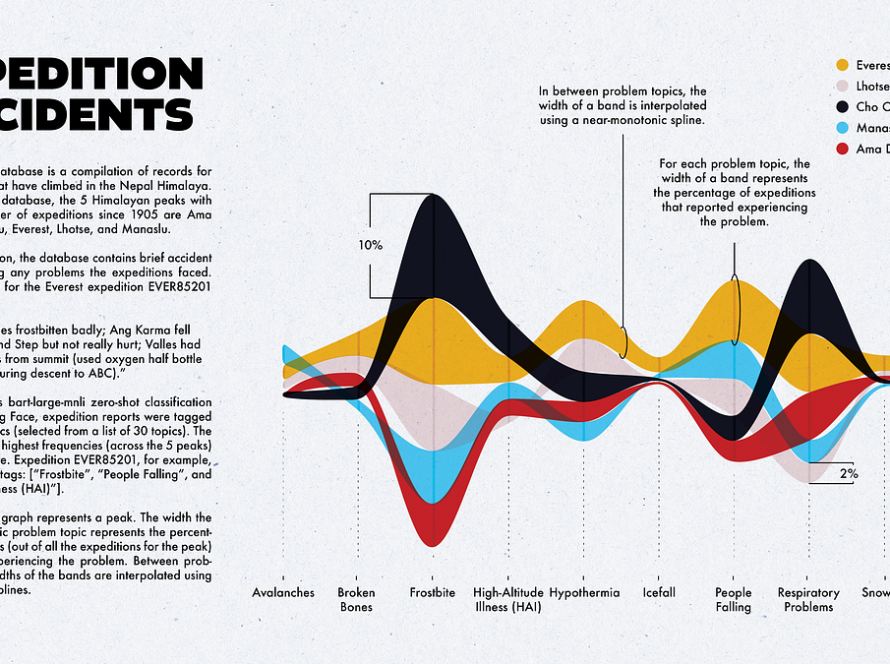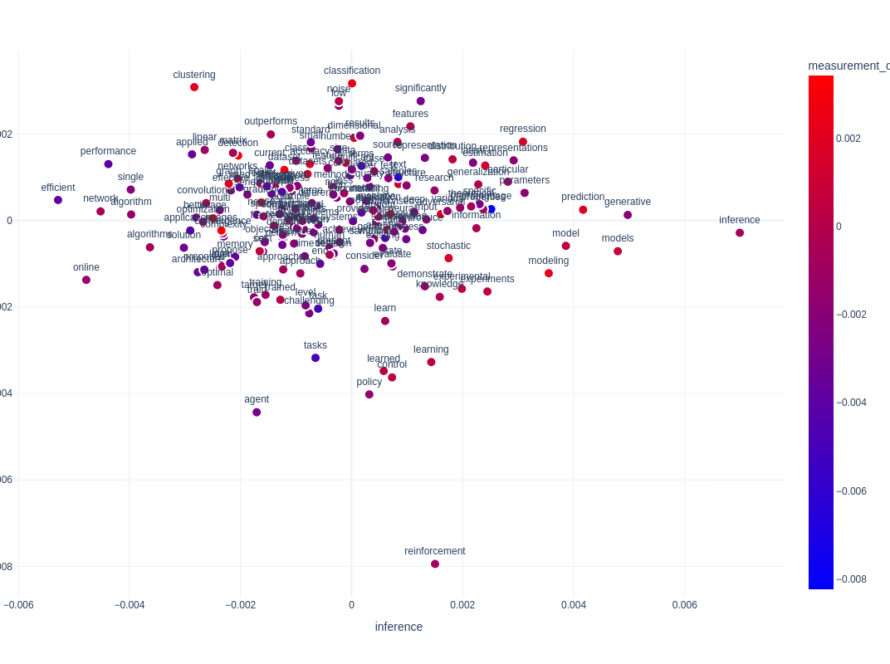I will share what I have learnt about the academic peer review process through a personal journey from a hesitant reviewer to an Associate Editor for the IEEE Robotics and Automation Letters (Impact Factor 4.6).
While most traditional science and engineering publications require prior publication experience and academic credentials to serve as reviewers, machine learning and data science might be an exception. A significant driver of the widespread adoption and use of data science has been open-source projects and repositories. Many influential contributors to open-source data science are not always published researchers but possess deep knowledge of the field through practice and experimentation. Additionally, formal academic degrees in machine learning have only existed for a few years, and many current researchers come from diverse backgrounds. I, for example, have a background in Mechanical Engineering.
With the above in mind, I hope that if you are a machine learning practitioner who is curious about the review process and wants to get involved, this article should provide some value.
· My Story
· What is Peer Review?
∘ Shouldn’t Editorial Board Members be the Experts?
· Peer Review Process
· Why You Should Consider Peer Reviewing
· How Can You Get Involved?
∘ Tracking Peer Reviews using Web of Science
∘ Do I need to be a published researcher?
· How Much Time Does it Take?
· Conclusion
· Cold Email Template
· Disclaimer
In August 2024, I reached 100 verified peer reviews for 9 different academic journals and conferences. Although I performed my first review in 2016, it was not until mid-2022 that I truly started enjoying the process.
As a graduate student (2015–2020), I never really enjoyed reviewing papers. Instead, I mostly did it as an academic obligation when my advisor asked me to do so. Furthermore, I lacked confidence in my ability to critique others’ work, given that I only had few publications under my belt.
After graduating, I found it challenging to stay up-to-date with new research. As a student, reading papers was part of the job. In industry, however, I only read the most popular papers. To stay current with the latest research, fulfill my academic responsibilities, and build a stronger research profile, I began emailing editors of various journals to express my interest in becoming a reviewer. Although I received responses from almost all the journals, only 2–3 assigned me papers initially. Over time, I started receiving review requests from journals I hadn’t contacted as well.
In late 2023, I applied to IEEE RA-L for an Associate Editor role and was eventually selected to serve in the human-robot-interaction track.
In the rest of this article, I will explain:
- the importance of peer reviewing and what the process entails,
- why you should consider reviewing for academic publications and how you can get started
- time commitment and other factors to consider
Finally, I will also share a cold email template that you can use to reach out to editors.
Although there is some controversy over the efficacy of the peer review process, I do not consider myself well-versed enough to comment on that aspect. Instead, I will focus on sharing my experiences and learnings.



